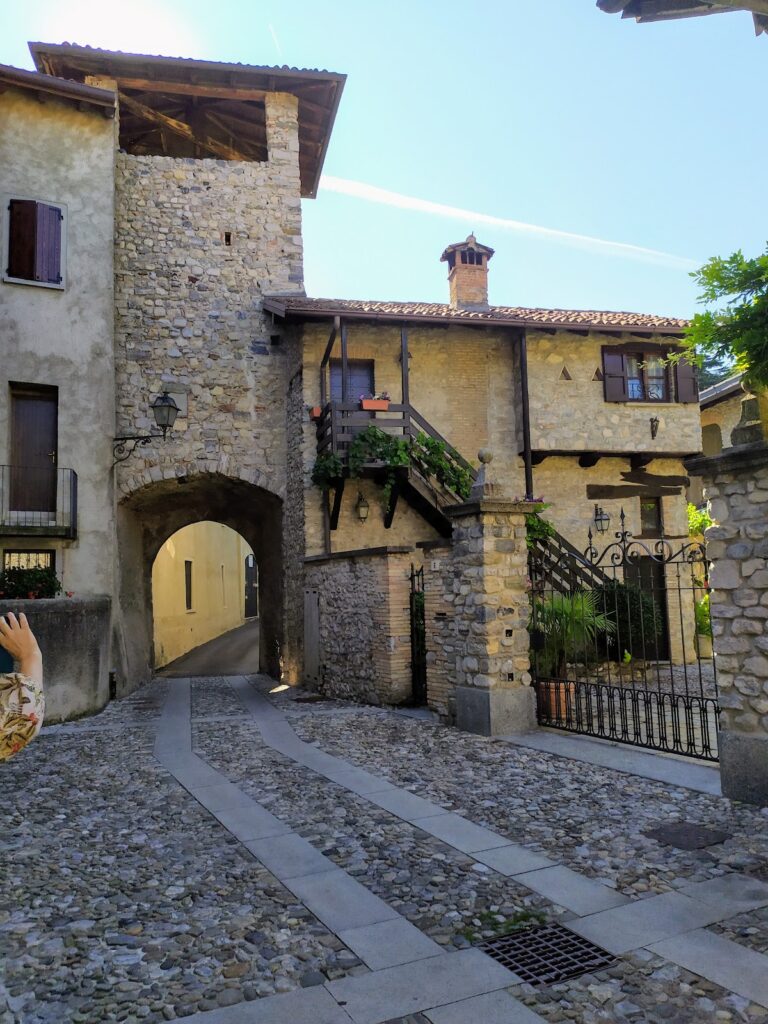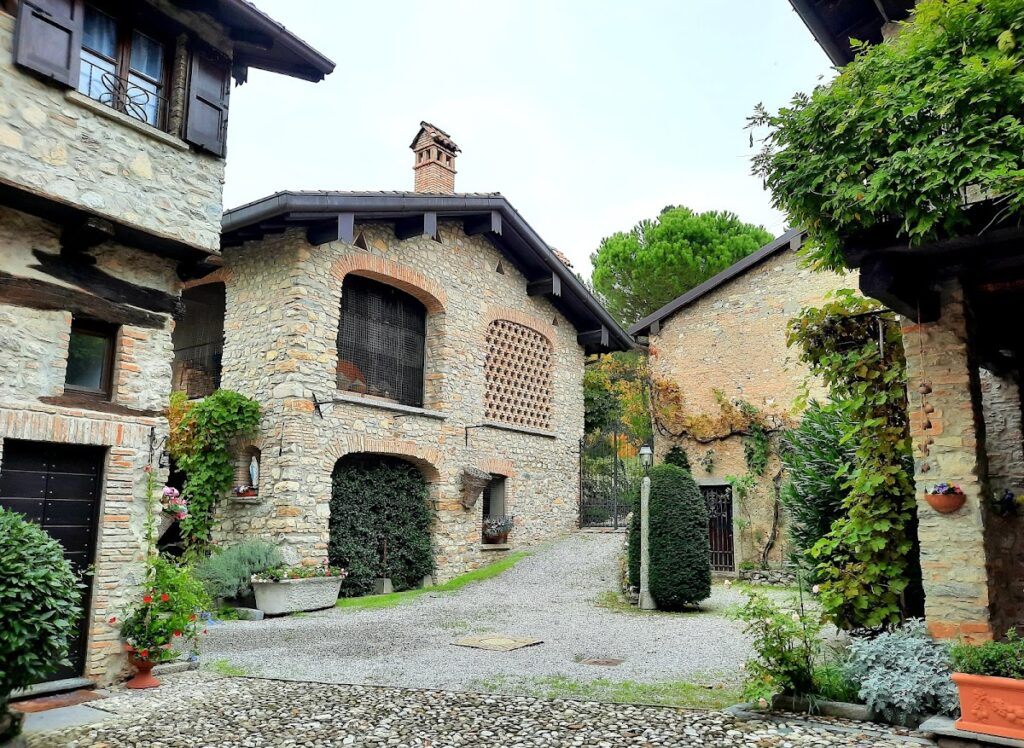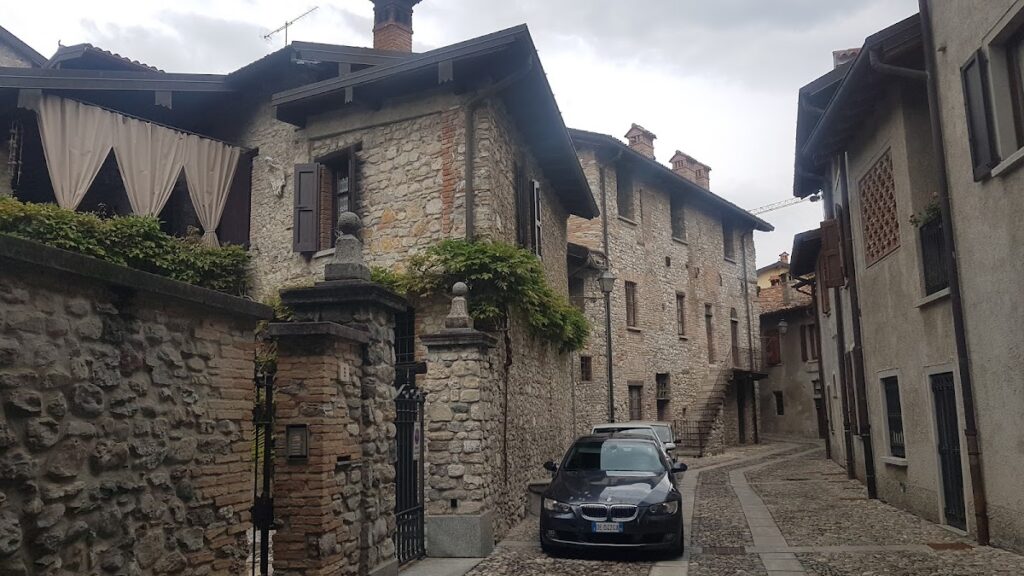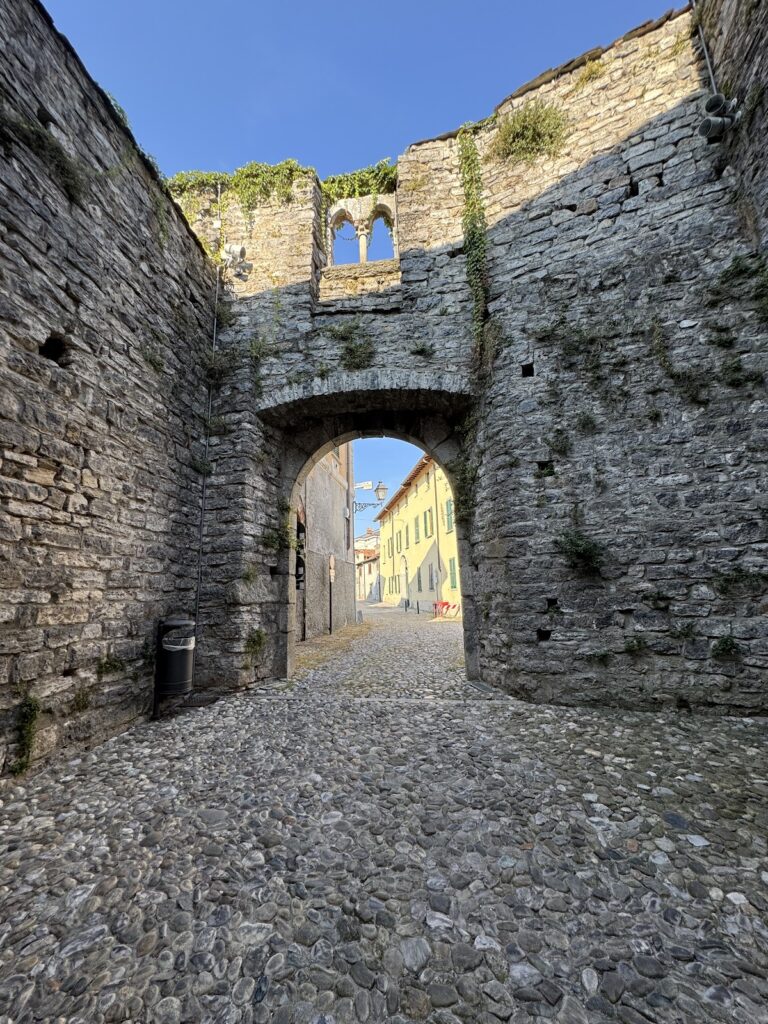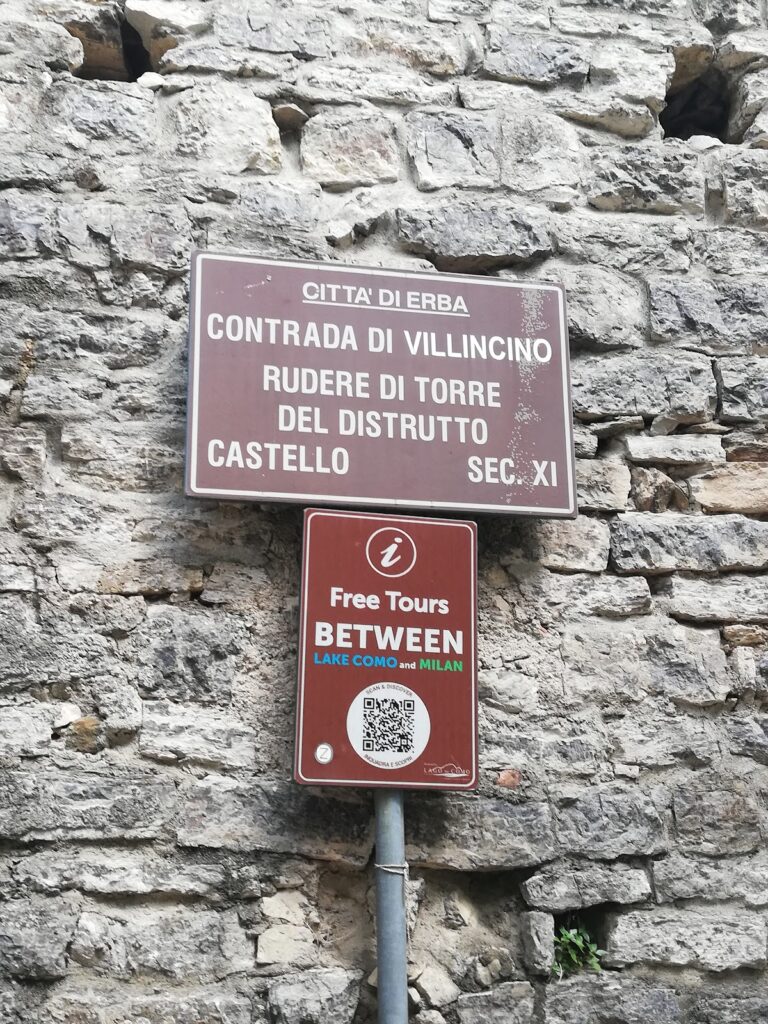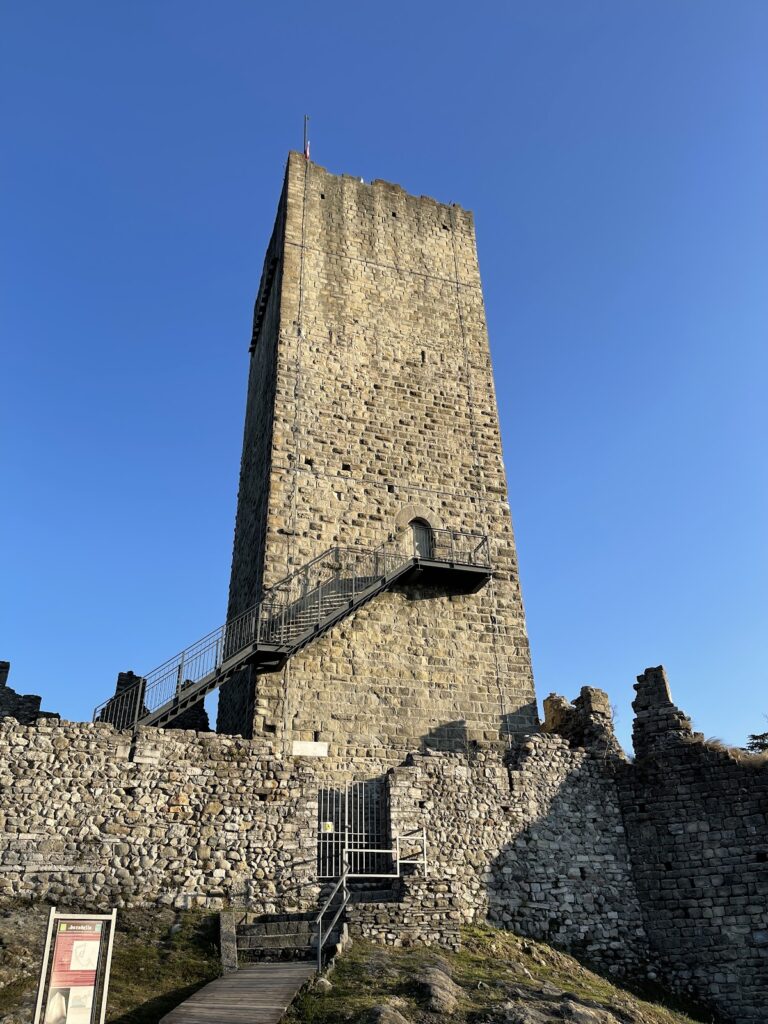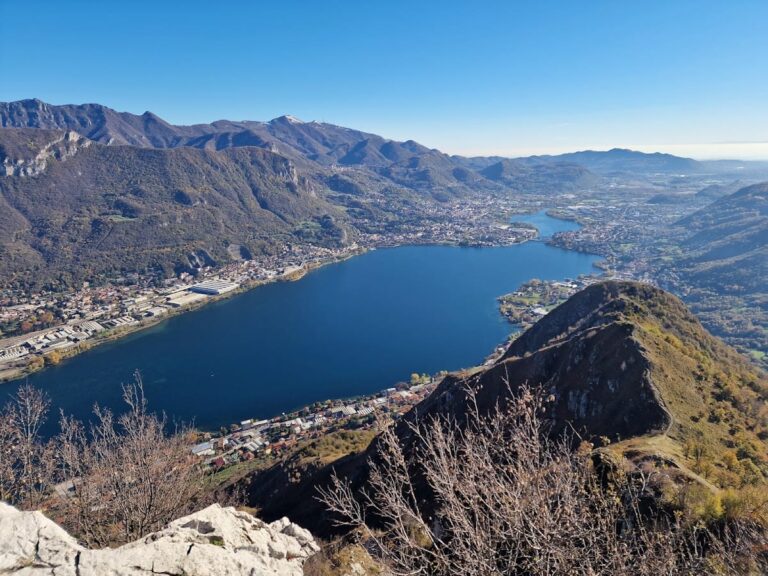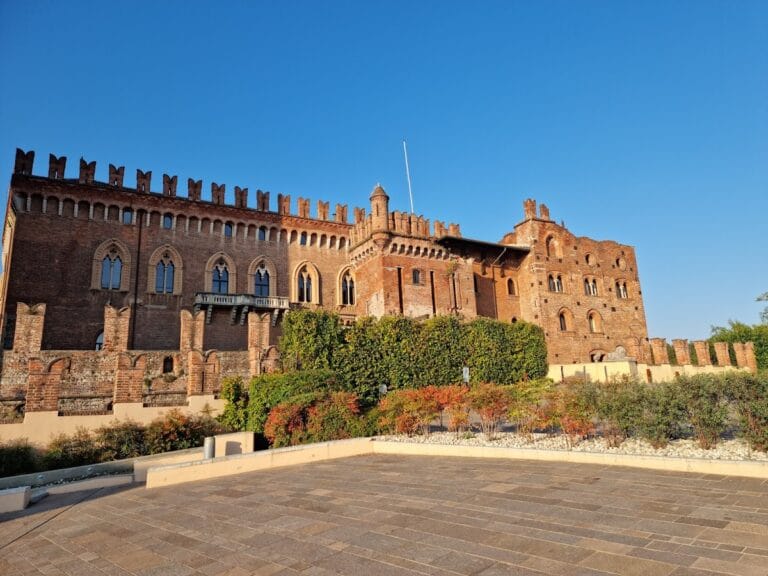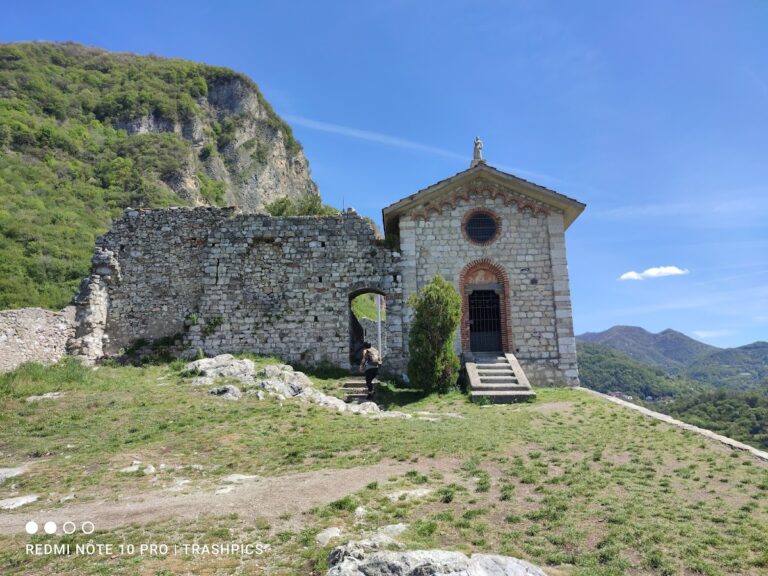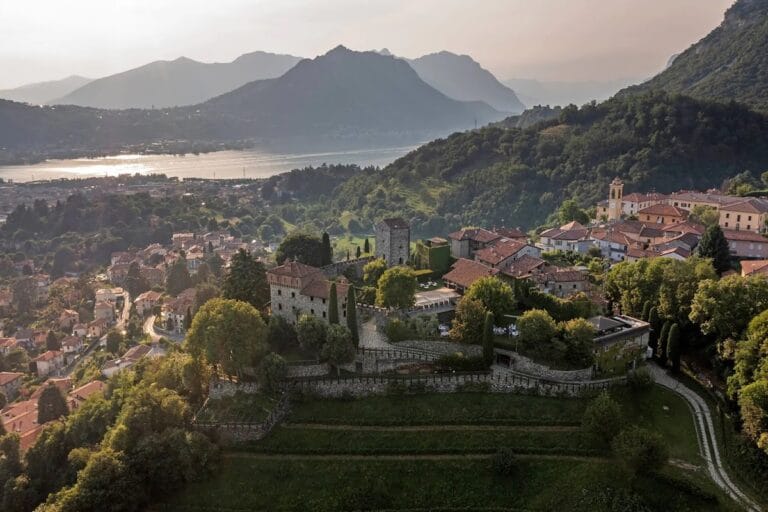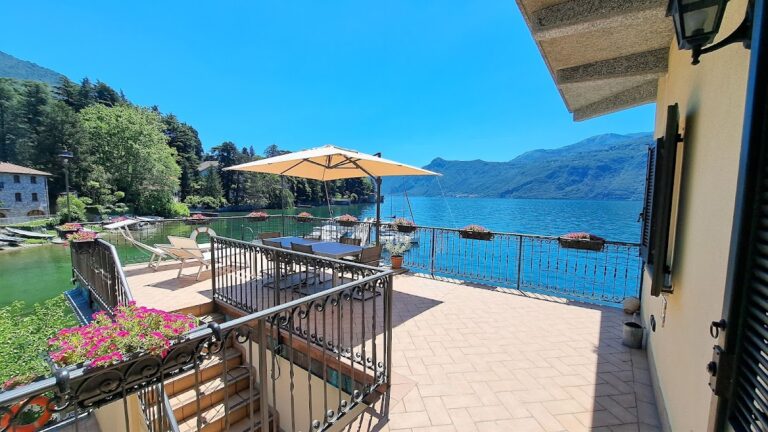Castello di Villincino: A Medieval Fortress in Erba, Italy
Visitor Information
Google Rating: 4.5
Popularity: Low
Google Maps: View on Google Maps
Country: Italy
Civilization: Unclassified
Remains: Military
History
The Castello di Villincino is located in the town of Erba, Italy. It was established by the medieval civilization during the early centuries of the Middle Ages. The fortress originally served as a small fortified settlement, known as a “castello di borgo,” built in the 10th century to protect the local population.
During its earliest phase, the castle played a key defensive role in guarding the surrounding area from Hungarian raids, which threatened northern Italy at the time. As the political landscape evolved, the fortress became an important military base during the communal wars between the city-states of Como and Milan. Notably, it was involved in the events surrounding the Battle of Carcano, a conflict illustrating the regional struggle for power.
Ownership of the castle initially rested with the Carpani family, a local noble lineage whose presence in the area extended into the late Middle Ages. The last known member of the Carpani lived nearby in a residence now called the Stallazzo. Around this residence, a portico with pointed arches was constructed in the late 14th century, indicating ongoing connections between the castle complex and its noble owners during that period.
Following the Battle of Desio in the early 15th century, the fortress was abandoned as a military installation. Later, in the 16th century, it found new purpose as a residence for clerical figures, reflecting shifts in the site’s function from defense to religious habitation. The castle changed hands again in 1810 when it was sold at a public auction to a member of the Casati family, marking its transition into private ownership.
Throughout its history, the site witnessed both conflict and adaptation, mirroring broader patterns in northern Italy’s medieval and early modern eras.
Remains
The remains of Castello di Villincino present a glimpse into its medieval past, featuring structures primarily dating from the 13th and 14th centuries. The layout centers on a sturdy stone construction typical of fortifications from this period, designed to withstand both raids and sieges.
One of the most notable surviving elements is the main entrance portal, which is vaulted and surmounted by a bifora window—a window divided vertically into two openings—supported by a marble column sourced from Candoglia quarries, renowned for their quality stone. This portal stands as a key feature of the ruin and demonstrates the architectural detail invested in the castle.
Close by, the Pusterla tower remains remarkably intact. It is built with exposed stone and features several small windows shaped with pointed arches, a design common in medieval military architecture for limited openings that ensure defense while allowing light and air inside. Its entrance is framed by a granite portal, and above it is a rustic loggia—a covered exterior gallery or balcony—which may have served practical or observational functions. The tower’s location near what was once the tax collector’s house indicates its strategic role in administration as well as defense.
Adjacent to the Stallazzo residence, a portico with pointed arches offers evidence of late 14th-century construction styles within the castle complex. This architectural element suggests a blending of military and residential purposes as the fortress evolved.
Archaeological finds associated with the castle include a fork dating back to the Early Middle Ages, which was uncovered near the Pusterla tower. This object is preserved in the Civic Museum of Erba and provides tangible evidence of daily life connected to the site’s early occupation.
Together, these remains and artifacts form a coherent picture of Castello di Villincino as a place that shifted from a defensive stronghold to a noble residence and then to a religious retreat over several centuries, with each phase leaving distinct marks on its physical fabric.
